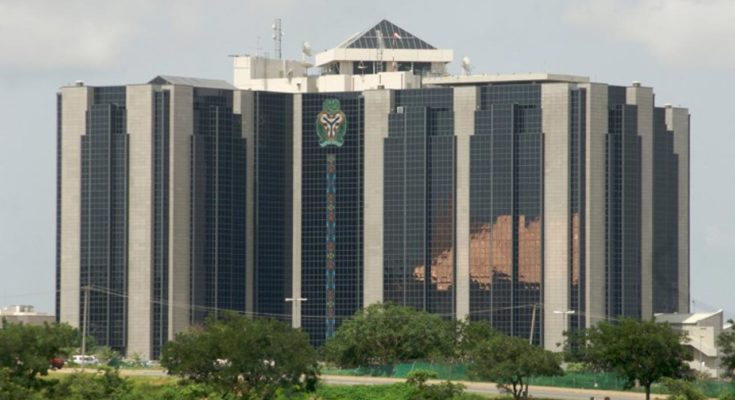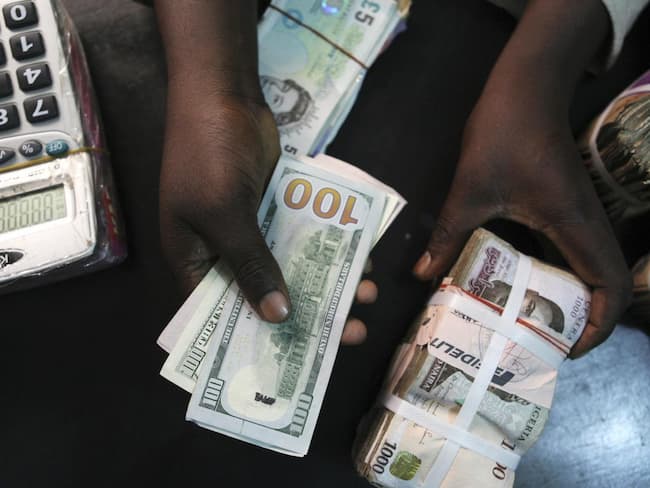As the Central Bank of Nigeria (CBN) continues to compel Banks to boost their credit to the real sector of the economy, analysis of data published by the apex bank revealed that the loans increased by N3.46 trillion in 2019 (between January and November, 2019).
The data, which was obtained by Nairametrics, stated that the credit offered to the private sector rose by 15% (N3.47 trillion), from N22.94 trillion in January 2019 to N26.41 trillion as of November 2019.
Analysis of Banks’ loan in 2019
At the end of November 2019, the total net domestic credit in the Nigerian economy rose from N28.65 trillion in Jabnuary to N35.51 trillion. This means that the net domestic credit in the economy rose by N6.86 trillion or 23.9%.
- Out of the total N35.51 trillion net credit in the domestic economy, credit to private sector rose to N26.4 trillion, while credit to government also rose to N9.10 trillion.
- That is, in the Nigerian economy, credit to private sector constitutes 74%, while credit to government constitutes 26% of the total net domestic credit.
- During the year, credit to private sector hits the highest in December 2019. On the other hand, credit to the government rose to the highest in October.
- A closer look shows that credit to government dropped by N1.35 trillion between October and December 2019.
- Across the sectors, as at the end of September 2019, the oil and gas sector recorded the biggest gross domestic loan estimated at N4.50 trillion, followed by manufacturing (N2.56 trillion) and Government (N1.34 trillion).

LDR rose to 65% in 2019, as CBN mulls another increase
In a year featured with several policies introduced by the apex bank, the boost witnessed in the credit given to the private could be attributed to the upward review of the Loan-to-Deposit ratio (LDR).
- In 2019, the CBN increased the LDR for Deposit Money Banks (DMBs) twice from 55% to 60%, and later to 65%. In December 2019, several media reports revealed the plans of the CBN to increase the LDR to 70% in 2020.
- According to the CBN, the major reason for the newly revised LDR was the noticeable “growth in the level of the industry gross credit”.
- Recently, there were media reports last year that Banks have continued to lower their lending and deposit rates as they struggle to comply with the apex bank’s December 31, 2019 deadline.
Implications on Banks
Already, criticisms have trailed the current 65% LDR ratio, as experts argue that it might increase the level of non-performing loans in the economy. For instance, the International Monetary Fund (IMF) recently disclosed that the balance sheets of banks would be weak due to the LDR’s directive from the CBN.
- In an earlier report, the CBN stated that three banks failed to meet the 30% minimum liquidity ratio requirement of the apex bank.
- With the 30% Banks’ liquidity ratio, it means there is a limit the CBN can push Banks to lend money by raising the LDR.
- A look into the value of the Non-Performing Loans (NPL) across sectors showed that NPL in the Agriculture, Construction, and Education among others hit N143.76 billion as at the end of September 2019.
- Although, overall, in the past one year, NPL dropped by N1.103 trillion within the same period in Q3 2019.
- In the meantime, with a 70% LDR is tentatively in the pipeline, Banks may have to brace up as this may expose them to more risks from loan defaulters.














